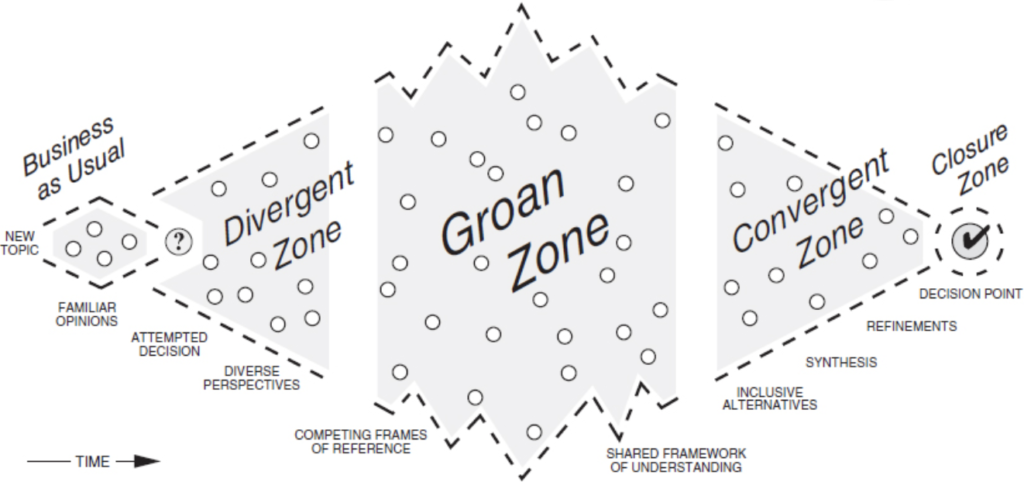One huge advantage of remote environments: Face time is a scarce resource. This is a good thing. It makes you treat it as a valuable resource — something you have to be careful not to waste.
But remote meetings still have their own set of challenges. Here are a few things I’ve learned about running effective remote hangouts and making the most out of face time:
Don’t save it all up for the meeting.
If it’s worth bringing several people together, it’s worth spending time to properly prep. Don’t just throw an agenda together. Spend time thinking about the goals and what you want to take away from your time together.
(Yes, yes, the number one rule for meetings still remains — you need an agenda. Feel free to protest agenda-less meetings by not attending them.)
With video hangouts, there’s a lot going on — distractions everywhere. Cognitive overload can add up fast. Whenever possible, provide resources beforehand for review. You don’t want to spend the meeting in silence reading a doc “together” over video.
Regularly push to async.
On that note, make sure to move appropriate items to async. If it doesn’t need to be settled right then and there, push to async. Be intentional about how you use your face time.
Read the room and know what zone you’re in.
One common problem I see is when groups jump to “solutioneering” too early in meetings. Before they can even agree on the problem, the group is already trying to solve it.
This is where good facilitation really matters. The agenda alone can’t keep you in the right zone. On it’s own, an agenda can’t move you towards decision-making and buy-in.

Just because it’s a remote meeting doesn’t mean group dynamics don’t apply — but you do have to keep a closer eye out for them. Who is participating and who isn’t? Which zone is the group in? What zone should they be in? It’s the facilitator’s job to observe group as a whole and balance it whenever it’s tipping too far in one direction.
Keep an eye out for:
- Too much from one voice, or too little from others. You’re not taking advantage of getting multiple perspectives.
- Too much agreeing, not enough divergent opinions. You might not have created a safe space for the subject matter, or you’re still in “business as usual” mode.
- Draining energy levels. You’ve been in the groan zone too long and people are getting tired and frustrated.
- Changing from groan zone to convergence and agreement too quickly. You might not really have the buy-in you think you do.
Note: The “groan zone” is just another variation of The Messy Middle. You don’t want to avoid it — it’s where important learning can occur. But you don’t want the group to linger there too long either.
Don’t make face time the default.
Face time — both in video hangouts and in-real-life — can be energizing for remote teams if used well. But you still need keep an eye on hangout creep. Meetings (even remote ones) have a tendency to beget more meetings. Escalate to face time when needed, but make sure it doesn’t become the default.
Keep thinking of face time as scarce and precious. That will help you use it wisely and balance it with something equally-important: quiet heads-down time.
Photo Credit: Jeremy Bishop
